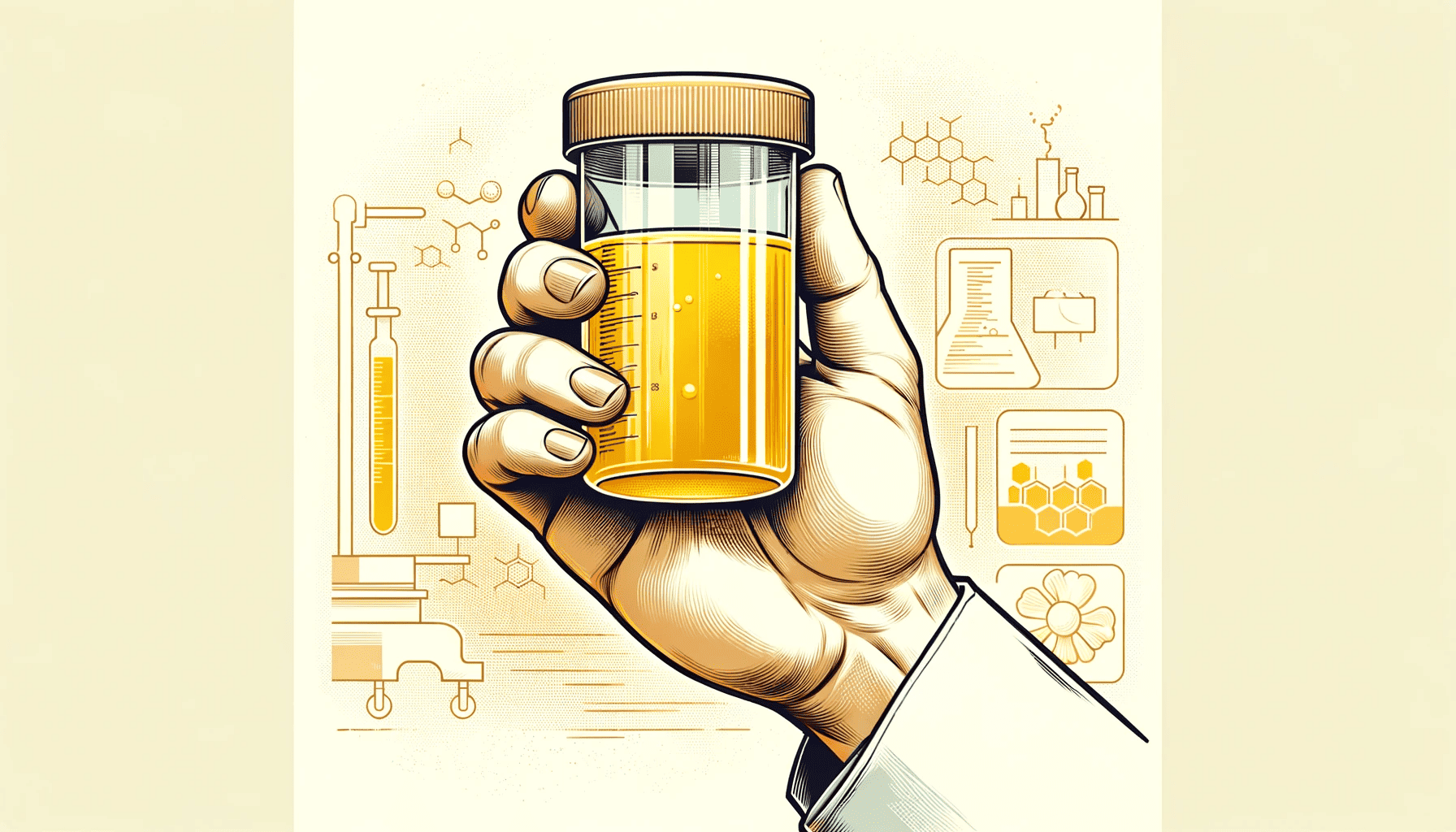
For years, the exact reason behind the yellow color of urine remained a mystery, puzzling scientists and medical professionals alike. However, a recent breakthrough has finally shed light on this everyday biological trait. A new study found that an enzyme, known as bilirubin reductase, is ultimately responsible for giving urine its characteristic yellow color.
“It’s remarkable that an everyday biological phenomenon went unexplained for so long, and our team is excited to be able to explain it,” said lead author Brantley Hall, an assistant professor at the University of Maryland’s Department of Cell Biology and Molecular Genetics.
The journey from red to yellow
We now know that urine’s yellow tint originates from the body’s recycling of old blood cells. Red blood cells typically have a lifespan of around 120 days, after which they are broken down in the liver. This process yields bilirubin, a bright orange substance. Bilirubin then travels to the gut, where gut bacteria transform it into a colorless compound called urobilinogen. The degradation of urobilinogen leads to the formation of urobilin, the yellow pigment that colors urine.
Previous studies had identified the conversion of bilirubin to urobilinogen but failed to pinpoint the specific enzyme responsible. The recent discovery of bilirubin reductase fills this knowledge gap. This enzyme is produced predominantly by a group of gut bacteria known as Firmicutes, which are prevalent in the human gut microbiome.
The authors believe this discovery could significantly impact our understanding of various health conditions. For instance, it could shed light on the role of the gut microbiome in diseases like jaundice and inflammatory bowel disease (IBD). Patients with jaundice have a high accumulation of bilirubin, whereas lower levels of urobilin have been observed in individuals with IBD.
These insights were revealed thanks to modern genomic sequencing technologies, which enabled researchers to compare the genomes of bacteria that can and cannot convert bilirubin into urobilinogen. By doing so, they identified the gene responsible for producing bilirubin reductase. Further tests involving the model organism E. coli confirmed the enzyme’s role in this conversion.
A follow-up extensive study involving the gut microbiomes of 1,801 healthy adults revealed that nearly all participants had bacteria carrying the gene for bilirubin reductase. However, its prevalence was notably lower in individuals with IBD and in infants under three months old, who are more susceptible to jaundice.
While this discovery is a significant leap forward, further research is necessary to understand how the absence of bilirubin reductase contributes to some medical conditions. In addition to jaundice and inflammatory bowel disease, the gut microbiome has been linked to various diseases and conditions, from allergies to arthritis to psoriasis.
“Now that we’ve identified this enzyme, we can start investigating how the bacteria in our gut impact circulating bilirubin levels and related health conditions like jaundice,” said study co-author and NIH Investigator Xiaofang Jiang. “This discovery lays the foundation for understanding the gut-liver axis.”
The findings appeared in the journal Nature Microbiology.









